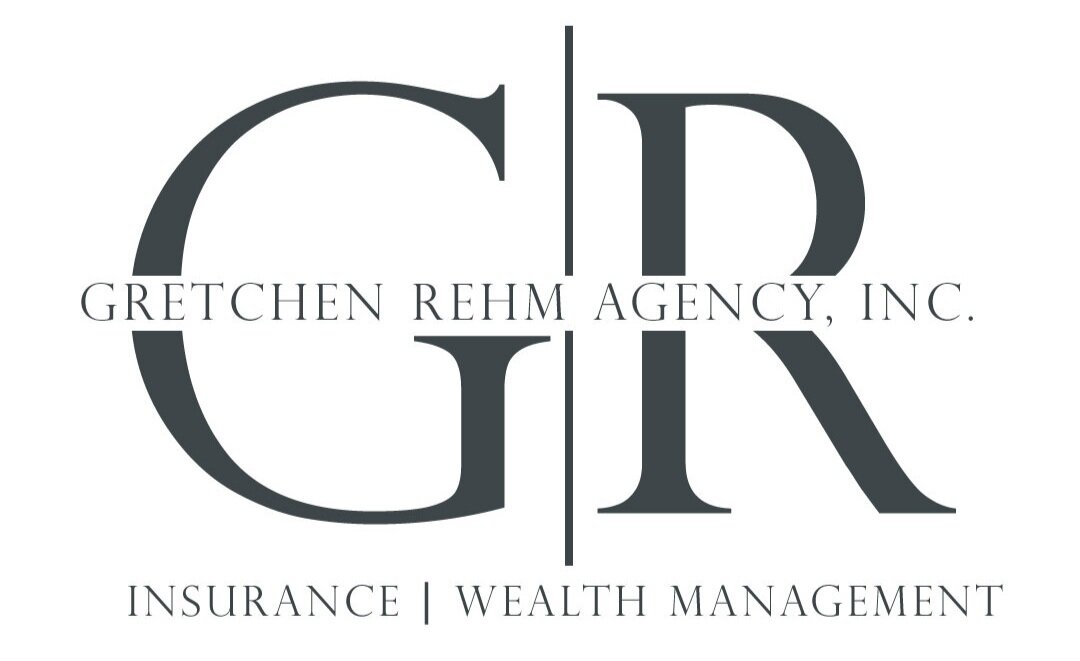Planning for Retirement with a 403(b) Plan
What will your retirement look like? When you picture your post-working life years, do you think about travel, extra time with loved ones, your dream home?
No matter what you do or how much you make, everyone deserves a happy retirement! But everyone’s path to get there looks different. Your retirement will be a combination of your access to savings programs, entitlement programs, and what you’d like to do in retirement - all wrapped up in a solid plan.
That’s where I come into the equation. I am here to help you make that plan! For public school employees in Minnesota, that plan typically includes a 403(b) retirement plan. But, what exactly is this plan, how does it work, and how our team help you with it? Let’s take a closer look!
What Is a 403(b) Plan?
A 403(b) plan allows those in public education, as well as 501(c)(3) nonprofit organizations’ employees, to save funds for retirement in a tax-sheltered account (TSA). The plan is a long-term retirement savings option which is deducted via payroll from your checks, pre-tax. This means that the money you save is not taxed until distribution and the totals are not counted toward your annual earnings, so you pay less in federal and state income tax.
With complicated rules, ever-changing parameters, and of course life’s unexpected changes, it is a plan best mapped out with a financial professional.
Are 403(b) Plans Tax-Free?
While you will save money in the short term on your federal and state income tax, you will eventually pay taxes on the funds. The taxes come in during distribution. Let’s say you saved $10,000 in 2023. That money was saved pre-tax, so in 2023 it was not counted toward your earnings. However, after you retire, these funds will then be taxed in the year they are distributed, as regular income.
Such plans are sometimes called “tax-deferred” options, as you are in reality just delaying the payment of taxes until the time at which you aim to use the funds.
When Do I Get My Money?
When you save with the 403(b) plan, any withdrawal before the age of 59.5 requires a 10 percent withdrawal penalty. There are limited exceptions to the rule, such as withdrawals made prior to that age due to a death, disability, or separation from the service if you are age 55 or older in the year of separation from your position.
On the flip side, persons with a 403(b) savings plan are mandated to start taking distributions from the account after age 72, unless they are still working.
Can I Control My Investments?
As a holder of a 403(b) account, you are in the driver’s seat. You can be as involved as you’d like. Typically, it is advisable to seek a financial professional to help you navigate your choices. These savings programs can be confusing. It is best to have a pro at the helm, leading you on your desired path!
That said, as the investor, you can select to invest your 403(b) funds in fixed and variable annuities and mutual funds. You control how your money is invested.
You can also choose to contribute as little as $10 per paycheck, allowing you to save some funds for retirement, even if you don’t feel you can afford to lose much from your budget each month. Every little bit helps!
Are There Limits To What I Can Contribute?
Due to the tax advantages of a TSA, the government places a dollar cap on the total amount participants may contribute to the plan each year.
The maximum annual contribution in 2023 if you are under age 50 is $22,500.
A catch-up contribution is available if you are age 50 or older by year-end; the catch-up limit is $7,500 in 2023.
Plan participants with 15 or more years of service with the same employer may be eligible to contribute even more. Consult with your financial professional for details.
These rules sometimes fluctuate, which is another great reason to have a professional on your side, to keep you up-to-date on all legal changes.
What If I Leave My Job?
Depending on your age, there are different penalties and rules involved when leaving your role. Retiring after 59.5 years of age is the goal with a 403(b) plan, as you are able to deduct payments without penalty. However, retiring before that year or leaving your position can impact your savings in different ways depending on the individual circumstances.
Should you opt to go with another employer, 403(b) plans allow the owner to roll the funds into an IRA or another organization’s 403(b) plan if eligible for the TSA benefits. Work with your financial advisor to handle the paperwork as you make the switch. At Gretchen Rehm Financial, we can help you navigate this process, which could include transitioning your old retirement plan into another retirement product, such as an IRA or Roth IRA.
Still have questions on this topic? Reach out to my office for assistance!
Withdrawals are taxed as ordinary income in the year received. Tax penalties and penalties for early withdrawal may apply if funds are withdrawn prior to age 59 ½.

